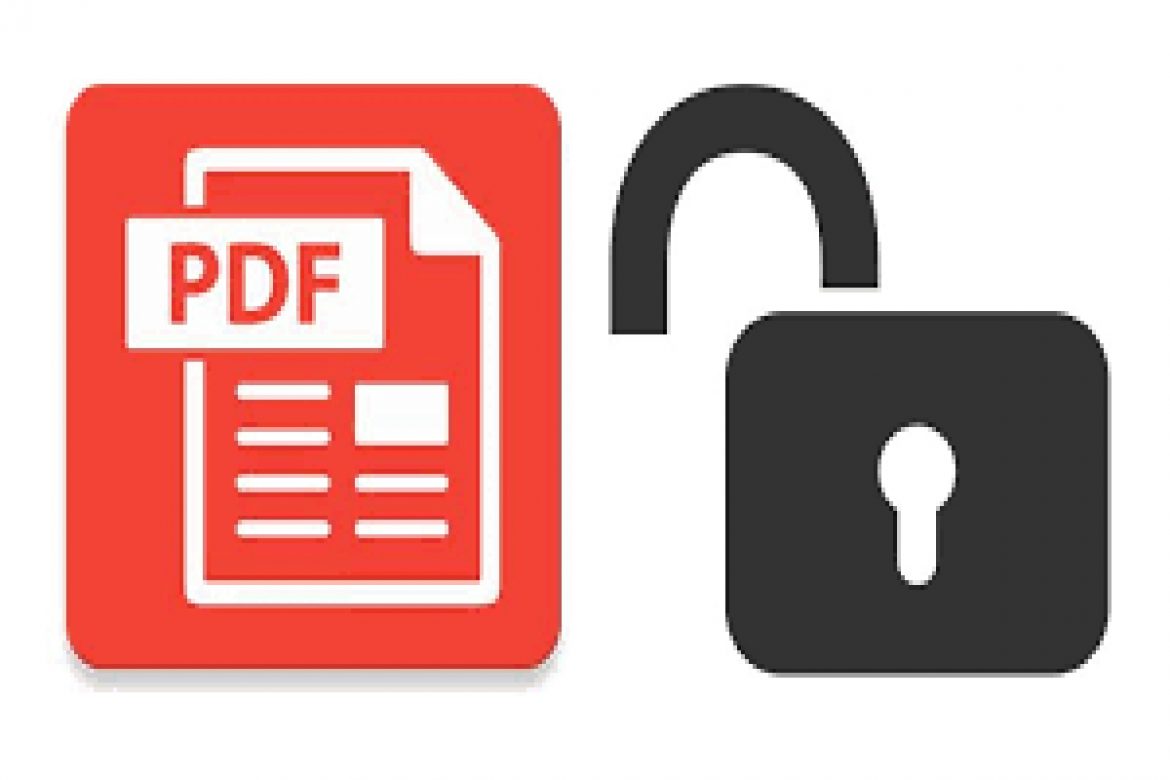PDF Security: Adding Watermarks to Your Online Content: Watermarking is a trend that started from the era of paper. The purpose of watermarking is to authenticate, mark and secure a document. In the digital era, watermarking has been extended to other online documents such as PDFs.
Watermarks have been an essential part of branding since the start of marketing. Governments have used them to document ownership and preserve their historical value and businesses for branding purposes to protect their intellectual property rights and brand identity.
An example of using watermarking technology is providing a copyright notice on your document for yourself or your company, which can be done by adding an invisible copy protection pattern on your document with the software you are using. This article offers a comprehensive overview of what you should know about adding watermarks to PDFs.
Table of Contents
What is Watermarking
A watermark is a digital image that is embedded into a digital document or image. It can be used to identify, protect, or crediting the source of an electronic file. The term “watermark” comes from the practice of adding watermarks to printed materials such as banknotes and postage stamps for this purpose. You can use free editing tools like GogoPDF to add watermark to PDF documents.
Adding Watermark to PDF with GogoPDF
GogoPDF is a PDF editing tool that helps you to add watermarks to your PDF documents. It comes with various customization options and tools that enable you to add any watermark to your PDF in few minutes. With GogoPDF, you can add texts and images that serve as watermarks into your PDFs.
GogoPDF has a free trial, so you can test their services before use. It also has subscription plans that are available at a nominal price.
Watermarking is a process in which a digital image or text is marked with unique identifying data. To prevent content from being plagiarized or stolen. This way, the creator can have a sense of security in their work and ensure that someone doesn’t steal it from them.
What is Content Theft?
Content theft is a crime in which someone takes, copies, or otherwise uses an original work without the creator’s consent. It includes digital theft of both sounds, videos, documents, images, and more. It is estimated that a considerable percentage of created content online is stolen. Watermarking prevents content theft and gives the creator a sense of security in their work. Content theft is a problem writers and publishers face, and there are many ways to prevent it. Watermarking is one such measure employed by publishers and writers to prevent content theft.
Content theft is a huge problem in the publishing industry, which has prompted many publishers to implement watermarking services on their publications. The watermark can be seen as a digital watermark, which prevents unauthorized users from copying the content without permission from the publisher.
Copyright laws are fundamental to content creators because they are the only way to protect their intellectual property online. Copyright law protects content creators against content theft while also providing them with rights, which allows them to stop illegal copies of their work from being distributed elsewhere.
Tips for Adding Watermarks to Your Online Content
1. Choose An Appropriate Position For Your Watermark
The introduction of watermarks usually comes as a means of copyright protection. However, it is essential to note that the placement of a watermark does not always guarantee that it will be protected. Though there is no harm in doing so, adding a watermark may lessen its potential to protect your content from being copied.
Text watermarks should be placed in the bottom left corner of the page at a vertical position. Thus, which does not obscure any text or images on the page. Logos or images can be placed in the middle of the document as long as it does not interfere with the texts in the document.
There is no easy way to decide where to put the watermark. You need to consider what your audience would prefer and what is most suitable for your business. There is a vast range of places that you could place your watermarks depending on what you want it to do for you. And also, how you want your audience/target market to perceive your product.
2. Make Your Watermark Informative
With the increasing number of plagiarism cases and unethical content online, you should add a watermark to protect yourself and your company. It’s becoming increasingly difficult to navigate the vast amount of content on the internet without encountering a watermark.
Watermarking provides an opportunity for you to promote your brand, so make it as informative as possible. You can add your website in your watermark, add your company’s social media sites in your watermark, and so on.
Conclusion
Watermarks are used to protect the ownership of a document and make it more difficult for unauthorized reuse. They can be used to prevent changes in the text, identify the author, and identify the author’s company.
Watermarks can also be used for branding purposes. For example, watermarks can be utilized by companies that want to create an authentic look and feel with their documents. The watermark will give customers an indication that this document is designed by the company rather than someone else. To use watermarks in your work, you need a PDF editor or software that supports them attached to your computer or device.


